Parts of northcentral Alberta were awash in purple, pink, teal and green hues Monday night, in a gorgeous display of aurora borealis.

“We were actually able to see some spectacular Northern Lights in the early evening,” said Frank Florian, senior manager of planetarium of space sciences with the Telus World of Science Edmonton.
“It really kicked in and created an incredible light show in the early evening for people, even in light-polluted environments like the City of Edmonton.
“A lot of people reported seeing them, were amazed by them. A lot of photos were actually taken of them. It was just an incredible event,” Florian said.
He explained the instigator of auroral activity is the sun.
“The sun itself actually, a few days back, blew off part of its atmosphere — something called a coronal mass ejection.
“When these coronal mass ejections are aimed towards the Earth, in its general vicinity, this stuff will interact with the Earth’s magnetic field, the Earth’s gasses, the atmospheres, and basically that gas begins to glow.”
The sun is reaching its peak activity, Florian added, which is why auroral events are more frequent.
“We’re coming up to solar maximum. The sun itself undergoes a 11-year solar cycle, part of a larger 22-year cycle, where the activity on the sun increases and decreases in that 11-year cycle. Right now we’re coming up to solar max which astronomers are thinking should be at the end of this year, 2023.”
Florian explained the different colours come from different gasses.
“The red is due to atomic oxygen in the upper atmosphere. So when the atomic oxygen, which is the single atom of oxygen, get excited by these electrical particles, they emit red light, whereas when it comes down further in the Earth’s atmosphere, you get molecular oxygen-emitting green light.
“Nitrogen gas in our atmosphere also creates some lights as well on the red and blue end of the spectrum. So you can get this kind of combination of colours. You might even be able to see pinks and purples depending on how these colours are blending together.”
The auroral event was so powerful it was even seen in the southern hemisphere, where it appears as more of a red hue, Florian said.
“There’s the southern lights, or the aurora australas, and people in New Zealand last night were able to photograph some beautiful red aurora … which is a little more rare,” he said.
“Last night’s event was a really good auroral event all around the world.”
The University of Alberta’s AuroraWatch group plotted the geomagnetic activity in the Edmonton region very high between 9 p.m. and midnight MST.
The group said there was a higher than 70 per cent probability of auroral displays at that time.

Watchers were not disappointed.
Northern Lights were reported near Fort Saskatchewan, Drayton Valley, St. Albert and Sturgeon County.
AuroraWatch provides real-time monitoring of geomagnetic activity in the Edmonton area and offers a free email alert service when auroral displays are likely.
The group also offers tips on how best to watch aurora borealis:
- look north after dark
- just around or before midnight is prime
- get out of the city to escape light pollution



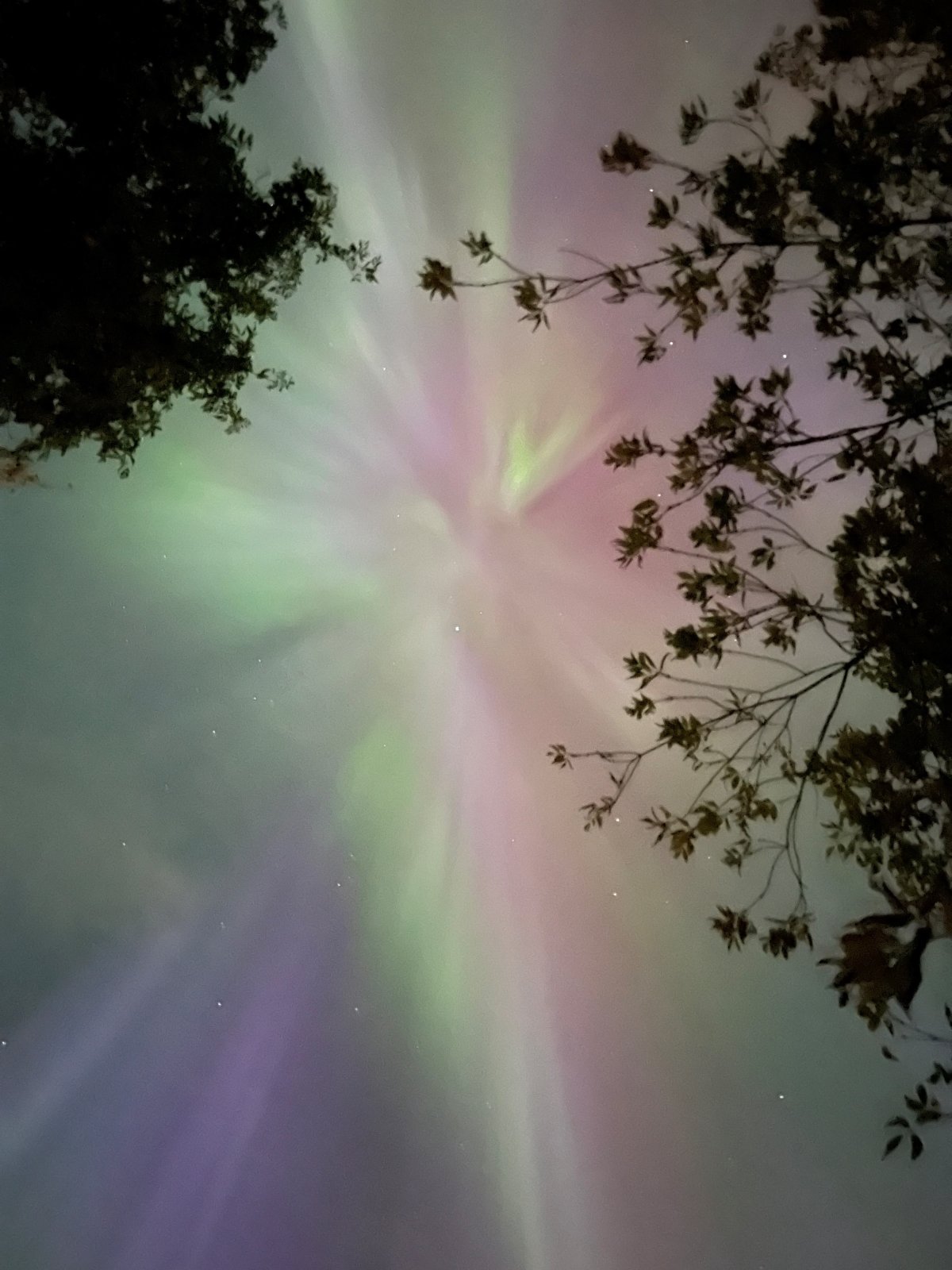


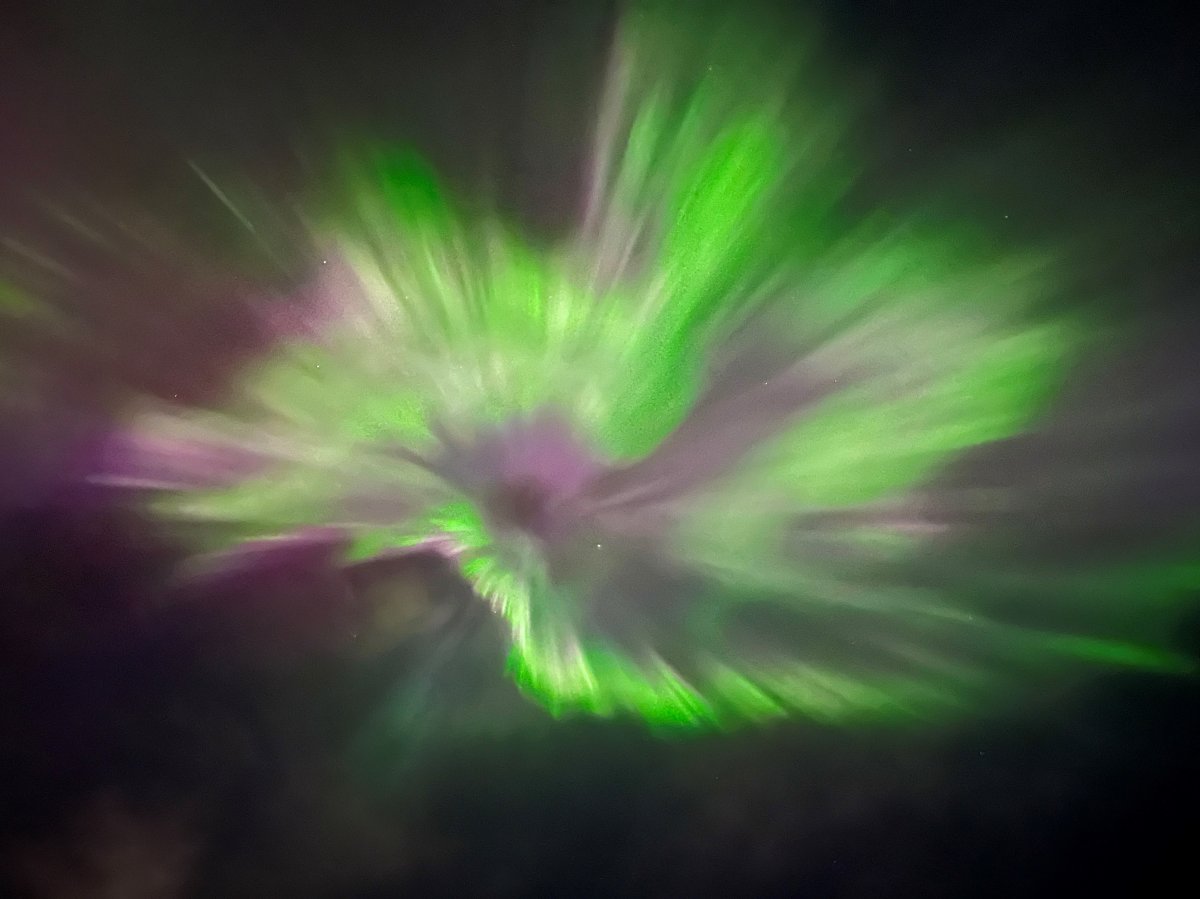







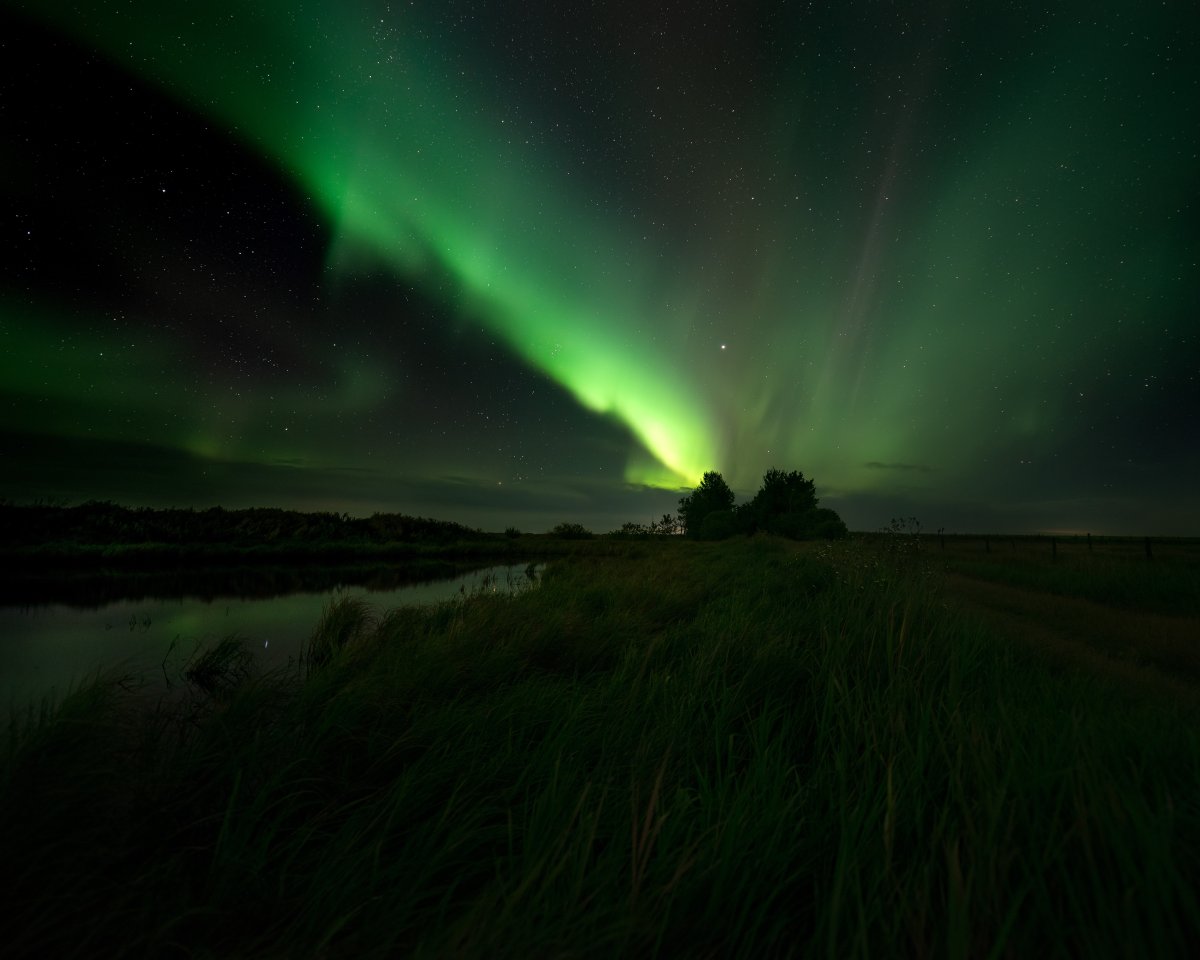




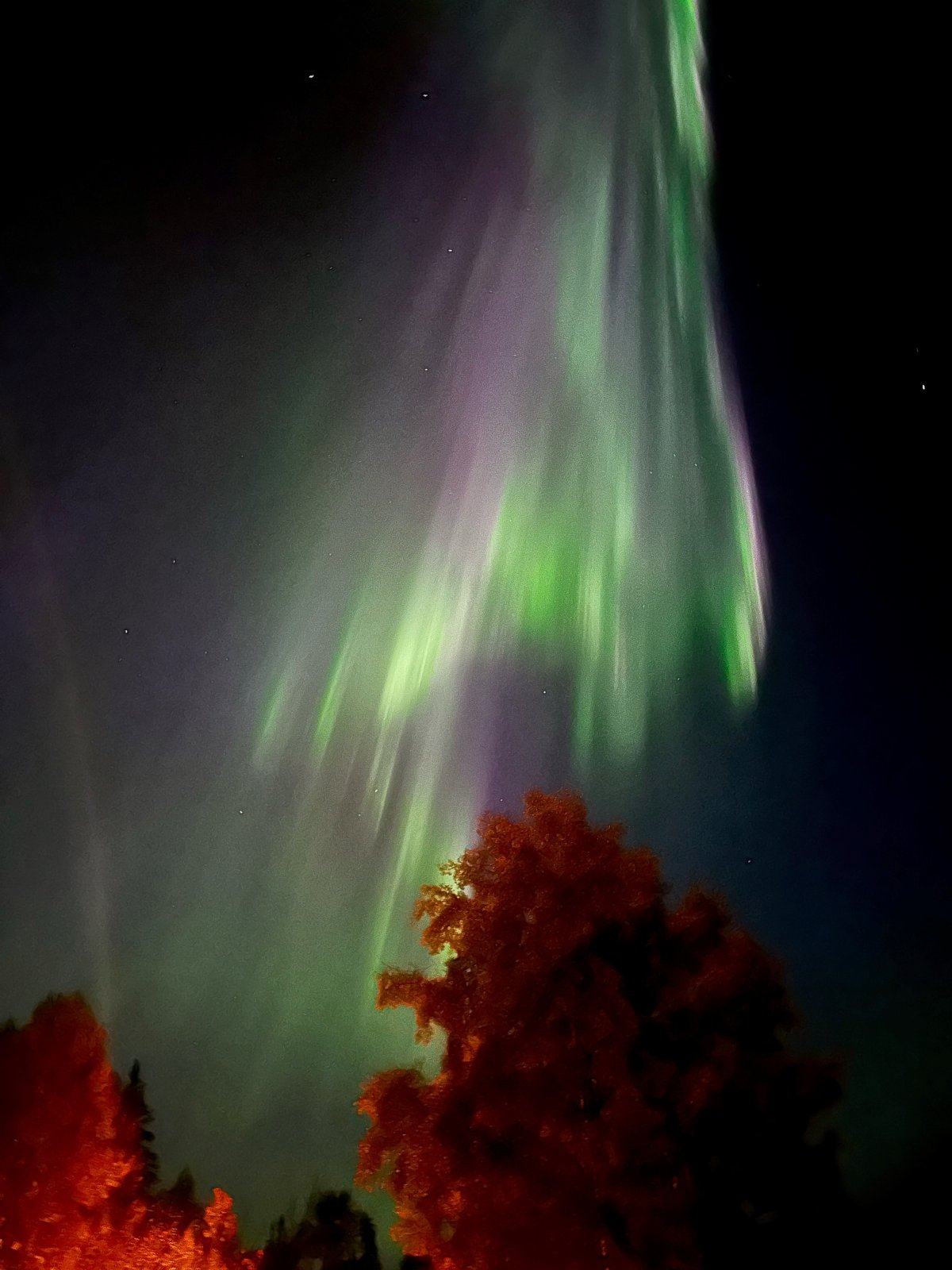
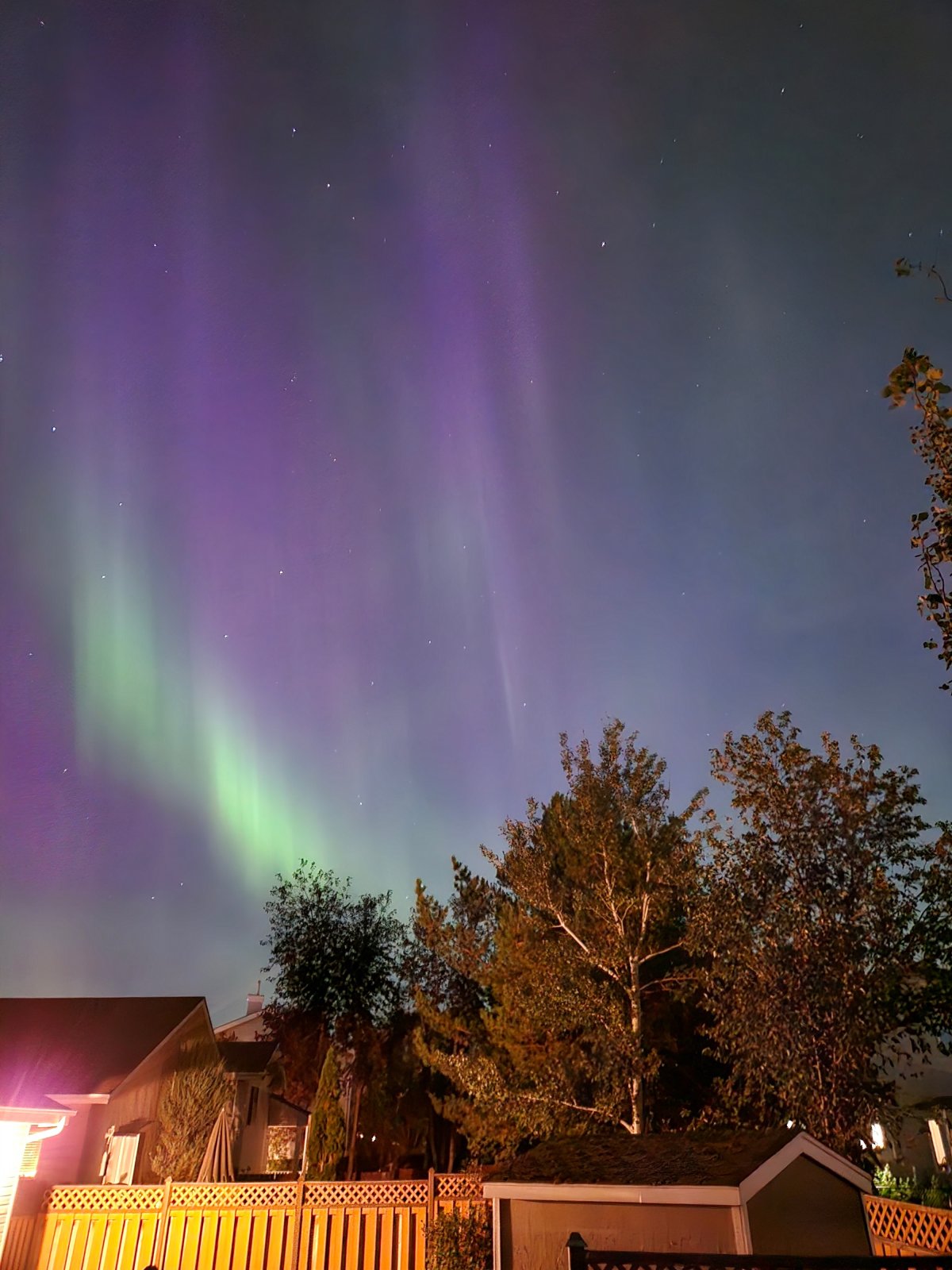
Comments